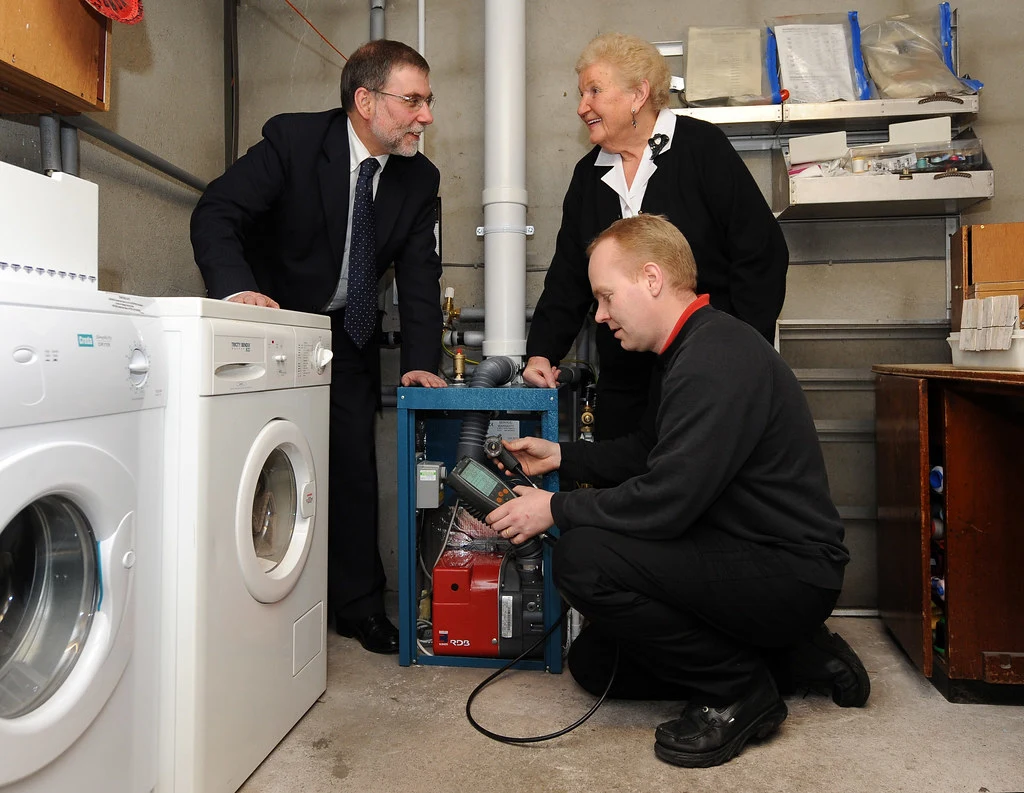
In many countries particularly in the UK environmental sustainability has become a critical policy priority. A well-recognized intervention aimed at accomplishing these objectives has been the advocacy of “Boiler Replacement Scheme. These schemes aim to replace inefficient and outdated boilers in residential and commercial buildings with additional efficient ones. It modernizes, thereby reducing energy consumption, cutting greenhouse gas emissions, and providing cost savings to consumers.
The impact of such schemes can be profound, as heating is one of the largest contributors to domestic fuel use. The rationale behind the scheme is rooted in efficiency, environmental sustainability, and cost savings for consumers. This initiative reduces carbon emissions and promotes the use of more energy-efficient heating solutions, playing a vital role in combating climate change.
The Purpose Of The Boiler Replacement Scheme
Their two major objectives were to lower the environmental effect and lower household energy costs. Inefficiently, old boilers that are not regularly maintained can perform significantly. (This is a passive-to-active voice conversion, but it’s important to note that the active voice version may not be the most natural. They consume more fuel, resulting in higher energy bills for households. Additionally, inefficiently it contributes to higher levels of carbon dioxide emissions, which is one of the leading causes of climate change.
Energy efficiency contributes to a reduction in greenhouse gas emissions. This is an important part of national and global efforts to combat climate change. They are more efficient, leading to lower energy bills for households. This can be especially helpful for low-income families or individuals. It can heat homes more effectively, providing a comfortable living environment for residents. Some schemes also promote the adoption of renewable heating technologies, such as heat pumps.
Addressing fuel poverty is one of its other main goals. It can be difficult for many low-income homes to pay for enough heating, particularly in the winter. This aligns with broader environmental goals, as energy efficiency directly reduces greenhouse gas emissions. It helps governments meet their climate change targets.

How The Boiler Replacement Scheme Works?
Usually, the Boiler Scheme is supported by the government. Certain projects could entail collaborations with energy corporations or help from the business sector. In the UK, for example, such schemes are often part of the broader (ECO) program. Which obligates energy suppliers to help improve energy efficiency in low-income and vulnerable households. Eligibility determination is the initial stage. Typically, the scheme targets low-income households, pensioners, individuals receiving certain government benefits, and those living in inefficient homes.
Fuel-impoverished households are given priority as well. The next step is to apply for the project through the appropriate body, such a local council or a government website, once eligibility has been verified. The application process involves filling out forms and submitting proof of eligibility, such as income or benefits information. A qualified engineer visits the property to conduct an assessment. This assessment typically involves checking the current boiler’s age, condition, and efficiency. It determines whether the property would benefit from other power-saving measures, such as insulation or smart thermostats.
If the household qualifies, a new efficient boiler will be installed by a certified engineer. Depending on the scheme, the installation may be fully funded, partially funded, or offered at a discounted rate. After installing the new boiler, there may be a need for a follow-up visit or contact to ensure it functions correctly. The household is seeing the expected benefits in terms of power savings and comfort.
Types of Boilers
Combine Boilers
In small to medium-sized homes, these appliances are highly efficient and compact. They provide heating and hot water directly without a separate hot water cylinder or cold water tank. These can be powered by natural gas, LPG, or oil. Fewer components result in saved space for instant hot water and lower installation costs.)
System Boilers
They are also highly efficient, and store hot water in a separate cylinder, making them suitable for homes with higher hot water demands. They can run on gas, oil, or LPG. It provides a consistent supply of hot water to multiple outlets simultaneously.
Conventional
While they are less efficient compared to combine or system boilers, they can still be power-efficient if modern models are used. It can handle high hot water demand, suitable for larger homes with multiple bathrooms. It take up more space and requires complex installation, making them expensive to install and maintain.
Condensing Boilers
They are not a type of it on their own but rather a feature found in modern combine, systems, or regular boilers. Compared to non-condensing systems, they are more efficient since they catch and utilize waste gases.
Conclusion
The Boiler Replacement Scheme is a crucial part of the UK’s initiatives to lower carbon emissions and increase fuel economy. Thanks to the rules of the plan, landlords and homeowners replace outdated, inefficient boilers with more recent, energy-efficient versions, which results in significant cost savings. Insulation Services
